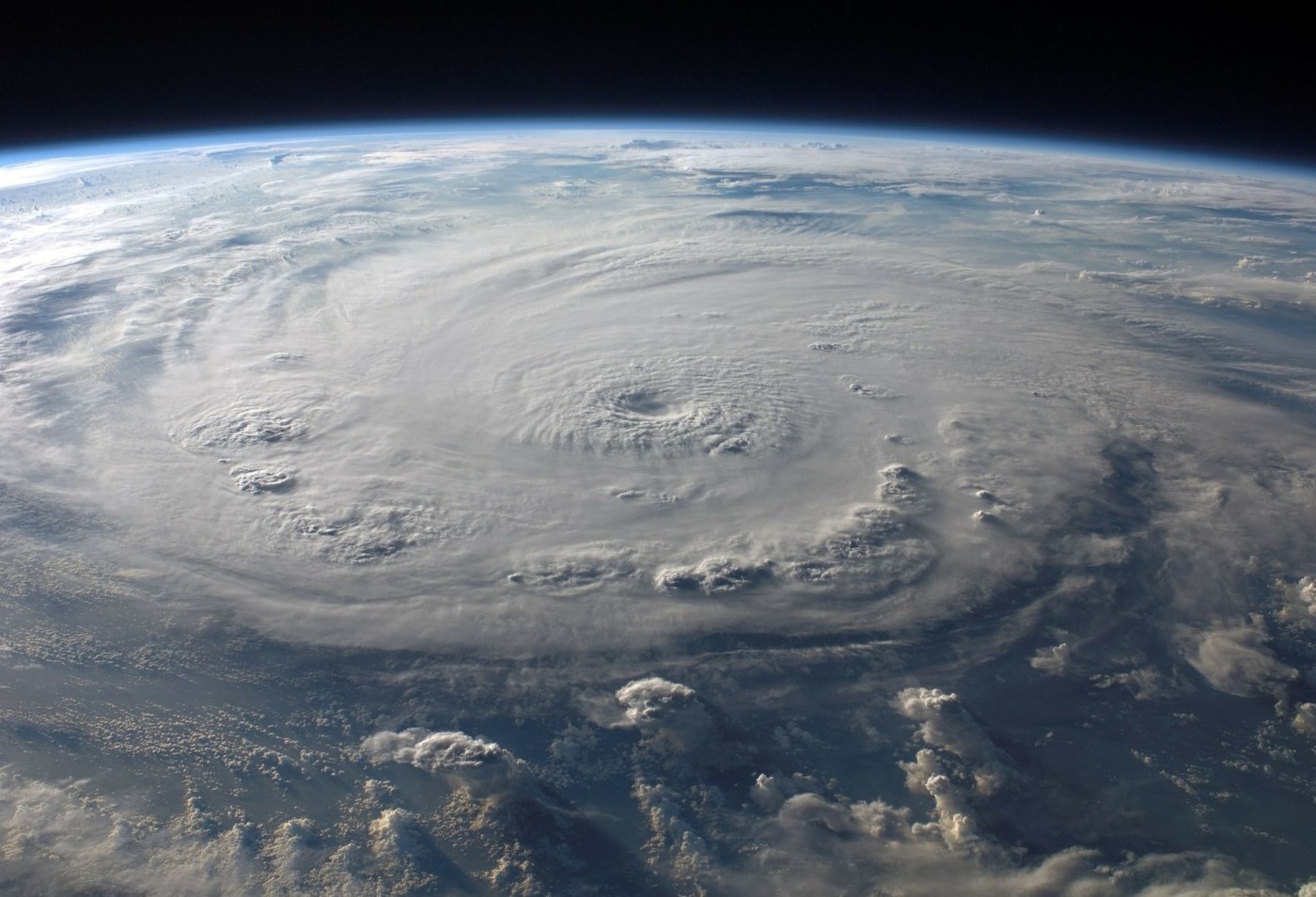The costs of climate change are beginning to add up
Last month, the US, Philippines and Hong Kong were all devastatingly struck by Hurricane Florence and Typhoon Mangkhut. Category 5 winds, reaching speeds of up to 165 mph, alongside rainfall reaching depths of 30 inches (76cm) burdened local communities, leaving some buried alive following landslides in two Filipino villages.
Not only have these natural disasters left thousands of families in despair after losing loved ones, but also an enormous loss in infrastructure. Roads, bridges, buildings, vehicles and everything in between dampened the mobility of workers and the respectful businesses they once worked in.
According to Fox Business, Hurricane Florence may have cost a total of $50 billion (38.2 billion)
Speaking about Hurricane Florence, Howard Fowler, Duke Energy’s incident commander, said: “The magnitude of the storm is beyond what we have seen in years… With the storm expected to linger, power restoration work could take weeks instead of days.”
The company forecasted 1 to 3 million customers could be affected by the hurricane. To salvage any damages, the firm brought in 20,000 workers to restore power – the company’s largest resource mobilisation in its history.
According to Fox Business, Hurricane Florence may have cost a total of $50 billion (38.2 billion).
Typhoon Mangkhut, causing havoc in Southern China, cost provinces such as Guangdong and Guangxi losses of up to “at least” ¥4.2 billion (£470.5 million) and ¥51.8 million (£5.8 million).
Commenting on the impacts of the storm, Louis Tse Ming-kwong, managing director of VC Wealth Management, said “[the typhoon] has caused a lot of damage to property, hotels and cars in Hong Kong, Macau and Guangdong province, due to strong winds and heavy rain”.
“That estimate of huge insurance pay-outs has hit Hong Kong-listed insurance stocks hard.”
It is this major decision-making component of financial institutions, risk, which has seen the sector ignore the emissions reduction targets set out in the Paris Agreement
Insurance stocks fell in Hong Kong, with assessors claiming an expected record-high claim of HK$1 billion (£98 million). Dave Jones, California’s Insurance Commissioner, said in a report: “The impacts of climate-related risks are a growing reality for the insurance sector. This reality has key implications for the sector’s valuation”.
“Weather-related financial losses, regulatory and technological changes, liability risks, and health impacts related to climate change have implications for the business operations, underwriting, and financial reserving of insurance companies.”
It is this major decision-making component of financial institutions, risk, which has seen the sector ignore the emissions reduction targets set out in the Paris Agreement – to limit temperature rises “well below 2°C” – to underwhelm any potential liquidity crisis.
Worryingly, it is not just the insurance sector and short-term infrastructure damages that will be consequential of climate change, but also lower incomes.
Over the past decade, the US economy has “burned” an average of $240 billion a year on climate change…that’s enough money for 13.5 million US students to enrol in public colleges and universities for four years
Research in the United States has suggested that Atlantic coastal communities will see rising sea levels and hurricanes, while the South and Midwest will suffer from declining agricultural produce as rising temperatures hinder crop growth.
The study, which ran over 29,000 simulations on what could happen if global warming rose to a 6°C average above preindustrial levels, also found the country could suffer up to a 6% decrease in GDP.
Over the past decade, the US economy has “burned” an average of $240 billion a year on climate change costs. Hurricanes Harvey, Irma and Maria cost the United States $300 million. To put this into perspective, that’s enough money for 13.5 million US students to enrol in public colleges and universities for four years.
The weather can have immense effects on not only local economies, but also the globalised world itself – no sector of the economy is safe. A report released by the United Nations Development Programme stated that tackling global warming head on would mean a fall in the world’s GDP by $21 trillion by 2050, compared to $33 trillion if a “business as usual” approach is taken.

Comments